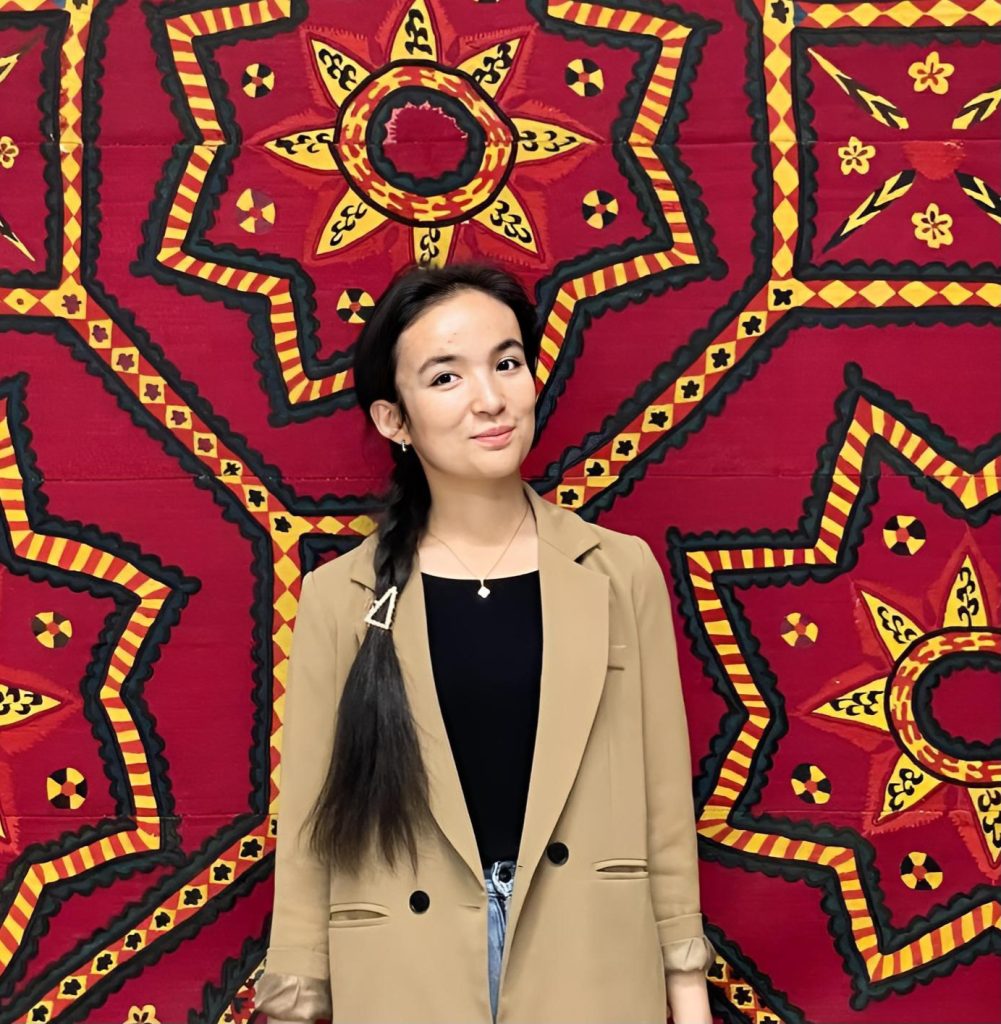
Shahnoza Ochildiyeva
The Role of Translators in Intercultural Communication: Translators and AI
Abstract:
As the world is uniting to tackle global challenges and implement innovative plans, the culture of communication is becoming increasingly essential. In the process of international interaction, not only linguistic but also cultural understanding is necessary. This responsibility primarily falls upon translators. At the same time, Artificial Intelligence (AI), which is actively striving to compete with human translators, is viewed differently by various experts. This paper explores the vital role of professional human translators in cultural communication and highlights their advantages over AI in conveying context, emotion, and cultural nuance.
Keywords:
Globalization, translator ethics, cultural bridge, grammar, politics, impartial translation, context.
The 21st century is a significant era marked by globalization, which has fostered close cooperation between nations of different races, ethnicities, and cultures in political, scientific, economic, and social fields. In a time when global leaders are gathering around the same table to act collectively, when major industries and multinational corporations are expanding international partnerships, and when education and tourism are increasingly supported, the role of translators is more crucial than ever. As intercultural communication and mutual understanding through language become increasingly important, language and cultural barriers can lead to serious misunderstandings and conflicts. Translators bear the responsibility of accurately conveying not only words but also cultural meanings, historical contexts, and societal expressions.
The International Federation of Translators (FIT) unites over 100 professional associations from 55 countries, representing more than 80,000 translators, translation editors, and language professionals. This is a clear indication of the institutionalization and global recognition of translation as a vital social profession. In the 21st century, translators are no longer mere converters of words from one language to another — they are cultural ambassadors, diplomatic intermediaries, and facilitators of humanitarian dialogue. Translators must accurately convey meaning, style, and cultural layers. Their roles vary across different fields: in diplomacy, precise translation can prevent political conflict; in literature, it reveals the spirit of a work, the author’s voice, and the cultural atmosphere of the time; in cinema, art, and tourism, translators adapt content to the national culture and public mentality.
However, this demanding profession comes with challenges and potential errors. Stereotypes in translation can lead to misrepresentation, and misinterpretation of humor, idioms, or proverbs may cause awkward or even offensive situations. For example, the English phrase “break a leg” has nothing to do with breaking bones — it actually means “good luck”. Translators must recognize such idioms and convey their meaning appropriately.
In today’s digital era, where programming, automation, and AI are rapidly evolving, translation is also undergoing transformation. Many people prefer using AI-powered tools such as Google Translate, DeepL, or ChatGPT for their speed and accessibility. Indeed, AI offers many valuable features: it allows users to learn languages with mobile apps, engage in real-time dialogues with AI assistants, and instantly translate texts. While AI systems are highly advanced in grammatical accuracy, they still fall short in understanding cultural values, emotional depth, and nuanced context. Every word often carries specific cultural concepts. Translating them literally can lead to distortion. For instance, the English word “privacy” has deeper legal and cultural implications than the Uzbek equivalent “shaxsiy hayot”. The Japanese term “wa” reflects societal harmony and cannot be fully captured in translation without detailed explanation. Similarly, the phrase “hit the sack” simply means “to go to bed”, and “it’s raining cats and dogs” means “it’s raining heavily” — their literal translation is nonsensical without understanding the cultural context.
Unlike AI, human translators are sensitive to cultural thought, tone of speech, and context. They also possess emotional intelligence, ethical responsibility, and professional intuition — traits that AI lacks. As AI ethics specialist Luciano Floridi aptly stated: “AI can translate words, but only humans can translate emotions.”
Conclusion:
In processes involving migration, international education, diplomatic negotiations, and digital technology, accurate communication through translators is crucial. No matter how advanced AI becomes, it cannot fully replace human translators, because the depths of human intellect and the power of emotions remain unmatched. However, a translator who thinks critically and collaborates effectively with AI can significantly improve work efficiency and save time. A translator equipped not only with linguistic knowledge but also with cultural sensitivity, communicative creativity, and modern technological skills can become a true cultural bridge. In addressing global challenges of the 21st century, culturally aware and impartial translation is not only a translator’s duty — it is a priceless contribution to humanity’s progress and international friendship.
References:
1. Baker, M. (2001). In other words: A coursebook on translation (2nd ed.). Routledge.
2. Bassnett, S. (2002). Translation studies (3rd ed.). Routledge.
3. Nida, E. A. (1964). Toward a science of translating: With special reference to principles and procedures involved in Bible translating. Brill.
4. Crystal, D. (2003). English as a global language (2nd ed.). Cambridge University Press.
Shahnoza Ochildiyeva first-year student of the Faculty of International Relations and Social-Humanitarian Sciences, Uzbekistan University of Journalism and Mass Communications, specializing in English Philology and Language Teaching (English).
